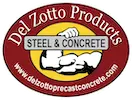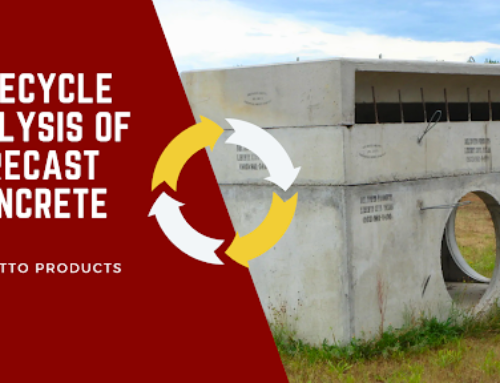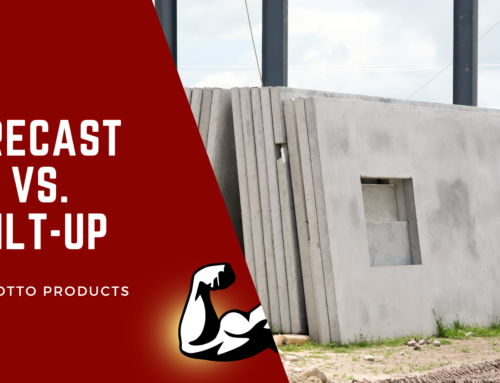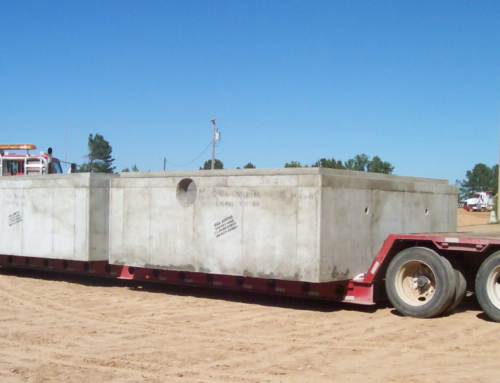Sustainable construction is growing at a rapid pace with eco-friendly buildings playing a major role in this trend. Precast concrete wall panels are a versatile, durable, and affordable option for building walls. This process reduces the labor and time needed to build, resulting in lower costs and faster construction times while utilizing eco-friendly materials for green building projects.
Precast concrete has several energy-saving benefits. It is more sustainable than other construction materials, such as steel or glass. The advantages of using precast concrete include speedier construction and improved quality control.
1. It Has Low Embodied Energy
Precast concrete has a lower embodied energy than other building materials. It is the energy necessary to;
- Extract the raw materials
- Manufacture them
- Transport the material
- Install the product
Precast concrete reduces carbon emissions by reducing the long-distance transportation of materials. It is also non-toxic and odorless. These features make it useful in buildings with sensitive environments.
2. Precast Concrete Insulates Buildings
Precast concrete has a high thermal mass. It can store heat and release it over time. It absorbs heat from the sun during the day, which helps keep the interior of the building cool. The thermal mass releases heat at night, creating a more comfortable living space. It reduces the need for air conditioning in the summer months and heating in the winter months.
Precast concrete is also more resistant to temperature fluctuations throughout the year. This feature maintains a steady temperature in the building.
3. It Produces Reduced Waste
Manufacturers make precast concrete panels to exacting standards in a controlled factory environment. You can recycle any resultant waste into the production process. The process of breaking down precast concrete is simple. You can grind the material into gravel and use it in landscaping or as a filler. Further, you can crush it into concrete aggregate and use it as a construction material or asphalt paving.
This material can make new products, such as:
- Wall panels
- Foundations
- Retaining walls
Precast concrete can also help to reduce landfill waste and conserve resources. Onsite construction can generate significant waste. Materials are often cut to size or damaged during construction.
4. Precast Concrete has a Long Life Cycle
The life cycle of precast concrete is an essential factor to consider when looking at its energy-saving benefits. Manufacturers produce precast concrete in a controlled environment. The process is more efficient and uses less energy than onsite pouring or other traditional methods. Precast concrete material is solid and durable.
It has a long lifespan and can help you save on energy costs associated with repair and maintenance over time. Since precast concrete is 100% recyclable, it reduces the need for extra resources to create new building materials. There is less strain on the environment and a lower carbon footprint.
All these aspects make it an excellent choice for sustainable construction.
Do More with Less from Del Zotto Products
Precast concrete is an excellent choice for those looking to reduce their carbon footprint and build a sustainable home. Here are key benefits to using precast concrete:
- Easy to recycle
- Requires less production energy
- Provides better thermal mass than other building materials
- Very durable
- Fire-resistant
- Has a low carbon footprint
Del Zotto Products can help you save money by saving energy. Our energy-efficient precast concrete panels are cost-effective, versatile, and sustainable solutions. They are available for architects, builders, and homeowners seeking to:
- Reduce energy bills
- Improve indoor air quality
- Reduce heat loss
Your occupants will love the enhanced efficiencies. Contact us at 903-981-0400 to request a quote or learn more about precast concrete.





